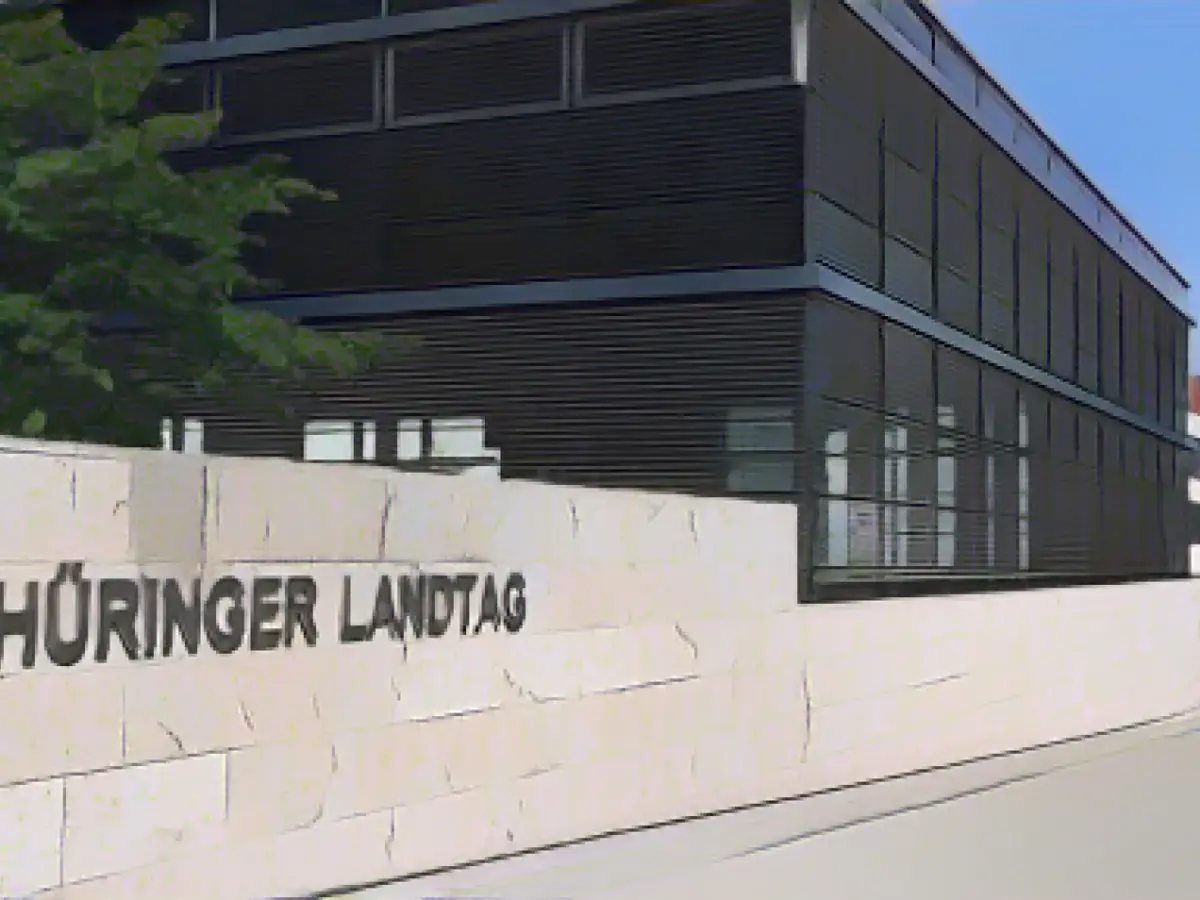Government - Thuringia continues to pursue World Heritage application for residences
Thuringia wants to continue its efforts to gain Unesco World Heritage status for its small-scale palace landscape. The application to place the Thuringian residential landscape on the new German World Heritage candidate list was rejected. In addition to a resubmission to the next round of candidates, an application for the European Heritage Label will also be considered for the nine selected residences, announced Culture Minister Benjamin-Immanuel Hoff (Left Party) on Tuesday.
Inclusion in the German list of proposals is the first step towards a possible World Heritage status for cultural or natural sites; the decision is ultimately made by the World Heritage Committee. "An application for a World Heritage title is a marathon, not a sprint," said Hoff. "We are aware of the value and importance of our residences and will continue to pursue the project consistently."
Regarding the inclusion of the Green Belt on the German list of proposals for future UNESCO World Heritage Sites, Hoff said that it deserved worldwide recognition as a symbol of nature conservation and peace. Together with the other neighboring states, the Free State now wanted to examine the extent to which the application could be expanded to include the cultural memory dimension of the Green Belt - the structural relics of the inner-German border during the Cold War.
The Green Belt is a chain of different biotopes with a total of 1200 endangered animal and plant species along the former inner-German border. There is also the Kolonnenweg, which is still preserved in many places, as well as the former watchtowers of the GDR border posts. At 763 kilometers, Thuringia claims to have the largest share of the Green Belt.
There are currently 52 World Heritage Sites in Germany. Five of these are in Thuringia.
Read also:
- A clan member is punished here
- Traffic lawyer warns: Don't talk to the police!
- Will he be convicted as Jutta's murderer after 37 years?
- He also wanted to kill his cousin
- The Culture Minister of Thuringia, Benjamin-Immanuel Hoff, mentioned that they will consider applying for the European Heritage Label alongside their resubmission for the Unesco World Heritage candidacy, for the nine selected Thuringian residences.
- Hoff emphasized the importance of the Green Belt for nature conservation and peace, suggesting that Thuringia and its neighboring states could explore expanding the application for the Green Belt to include its cultural memory dimensions as a Cold War relic.
- To gain Unesco World Heritage status, Thuringia continues to press forward with its application for its small-scale palace landscape, viewing the process as a long-term endeavor, as Hoff described it as a "marathon, not a sprint."
Source: www.stern.de








